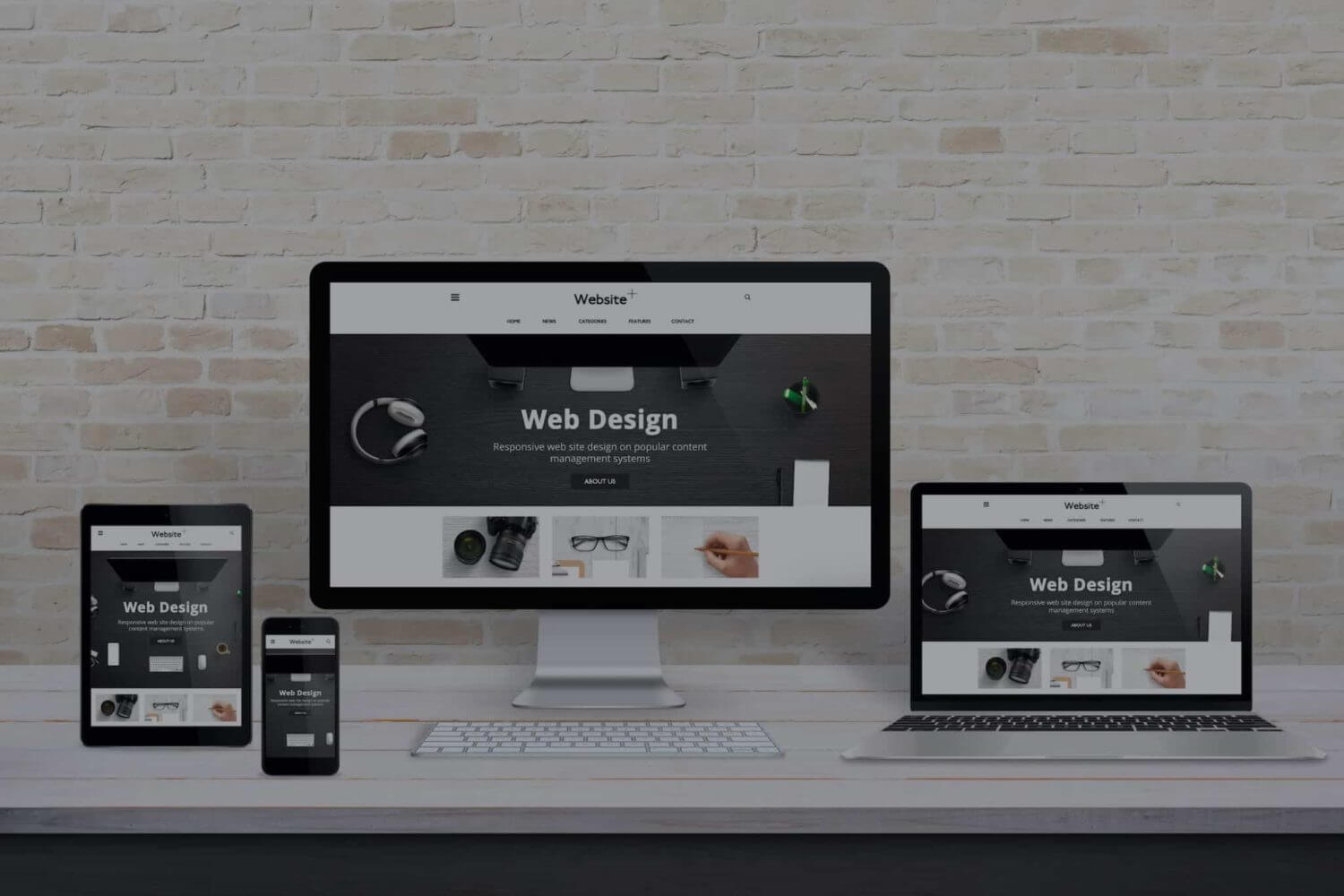Discover Just How Website Design Functions to Develop Involving User Experiences
Website design plays a crucial duty in shaping individual experiences across electronic systems. By recognizing key concepts like use and visual pecking order, developers can create websites that not only attract visitors however additionally encourage them to engage. Effective layouts and well-thought-out shade systems can substantially influence user actions. There are deeper factors to consider that go beyond visual appeals, which are crucial for cultivating an inclusive on the internet atmosphere. What are these elements that can change a basic site right into an engaging experience?
Understanding the Concepts of Website Design
The foundation of effective internet style relaxes on a collection of core concepts that lead the creation of involving user experiences. These concepts include usability, ease of access, and aesthetic hierarchy, each playing a necessary duty in exactly how users communicate with an internet site. Usability assures that individuals can browse with ease, discovering info effortlessly. Accessibility expands the reach of an internet site, suiting individuals with diverse demands and abilities. Visual hierarchy routes customers' focus to crucial elements, helping with less complicated understanding of content. Furthermore, consistency in design elements cultivates knowledge, improving user convenience. Color pattern and typography must enhance the overall aesthetic while maintaining readability. Receptive design adapts to numerous devices, ensuring a smooth experience throughout platforms. By adhering to these concepts, developers produce websites that not just mesmerize individuals however also assist them toward desired actions, eventually boosting interaction and contentment.
The Value of Layout in Individual Experience
Reliable design functions as a foundation for individual experience, influencing exactly how visitors engage and perceive with a web site. A well-structured format guides users' focus, making it less complicated for them to browse and discover relevant info. By organizing material rationally, designers can develop a smooth flow that lessens cognitive load, enabling individuals to concentrate on their tasks.

Responsive designs ensure that websites operate well across different devices, keeping usability no matter of screen size. Inevitably, a thoughtful design is vital in developing an interesting user experience that fosters complete satisfaction, urges exploration, and increases the likelihood of conversions. Interest to format style is necessary for effective web communications and total user involvement.
Shade Schemes and Their Influence On Involvement
Exactly how do shade systems affect user interaction on web sites? Color design play a crucial duty fit individual understanding and actions. They stimulate feelings and can considerably affect exactly how individuals interact with a website. For example, cozy shades like red and orange can boost excitement and necessity, while cooler shades like eco-friendly and blue usually share calmness and trust.
In addition, consistency in color usage fosters brand name acknowledgment, making individuals more probable to involve with familiar visuals. Reliable color comparison enhances readability, making certain individuals can easily navigate material without pressure. Furthermore, the emotional associations of colors can direct users towards desired actions, such as clicking a call-to-action button.
Inevitably, a thoughtfully chosen shade system can not only draw in customers yet likewise improve their total experience, leading to higher engagement rates and enhanced fulfillment. Web designers must thoroughly take into consideration shade selections to maximize individual interaction and foster a favorable setting.
Navigating Best Practices for User-Friendly Websites
What makes navigating user-friendly and instinctive on an internet site? Reliable navigating relies upon clear framework and rational hierarchy. Customers need to quickly situate food selections, generally positioned on top or side of the web page, permitting quick access to vital areas. Uniformity in design components-- such as typefaces, shades, and button designs-- assists in familiarity, boosting user convenience. Descriptive labels for navigating links are important; they have to properly represent the material users can expect when clicked.
In addition, incorporating a search function can aid users in locating particular information swiftly. Dropdown menus can arrange subcategories without overwhelming visitors, while breadcrumb tracks help individuals track their place within the site. Mobile optimization is additionally vital, as touch interfaces require bigger buttons and receptive layouts. Eventually, prioritizing simplicity and quality in navigating enables customers to engage a lot more successfully with the site, cultivating a positive customer experience.
Making sure Ease Of Access for All Individuals
Ensuring access for all individuals is crucial in website design, as approximately 15% of the international populace lives with some type of impairment. Web developers must focus on inclusivity by adhering to established guidelines like the Web Content Access Standards (WCAG) These guidelines provide essential criteria that enhance usability for individuals with aesthetic, auditory, motor, and cognitive impairments.
Key methods consist of utilizing detailed alt text for pictures, guaranteeing adequate color comparison, and giving key-board navigability. In addition, carrying out screen viewers compatibility can greatly boost the experience for visually impaired users.
Testing sites with diverse individual groups, consisting of those with disabilities, can expose potential obstacles and educate essential modifications. Informing style teams about availability can foster a culture of inclusivity, eventually producing an extra interesting and easy to use internet experience. By focusing on ease of access, designers not only expand their audience yet likewise demonstrate social responsibility and commitment to equivalent gain access to for all.
Frequently Asked Questions
What Equipment Can I Use to Layout My Website?
To design a website, one can make use of tools like Adobe XD, Figma, Map Out, and WordPress. These platforms supply different features for format, prototyping, and material management, facilitating the development of aesthetically enticing and functional sites.
How Can I Test My Website's Individual Experience?
To test an internet site's individual experience, one can utilize tools like Google Analytics for behavior monitoring, conduct usability testing with real individuals, and collect responses with studies to determine areas for enhancement and improve total engagement.
What Are Typical Blunders in Website Design to Avoid?
Typical blunders in website design consist of cluttered layouts, bad navigation, lack of mobile go to the website optimization, sluggish filling times, and making use of a lot of typefaces or colors. These issues can prevent user experience and minimize total website effectiveness.
Just how Frequently Should I Update My Web site's Layout?
A web site's layout should be updated every one to 3 years, or more frequently if substantial fads arise or individual feedback suggests dissatisfaction. Regular updates improve aesthetics and functionality, making sure a appealing and fresh user experience.
Can I Discover Website Design Without Coding Understanding?
Yes, one can learn internet style without coding understanding. Various devices and systems permit users to create visually appealing websites via drag-and-drop interfaces, making it possible for creative thinking without the intricacies of shows languages.
